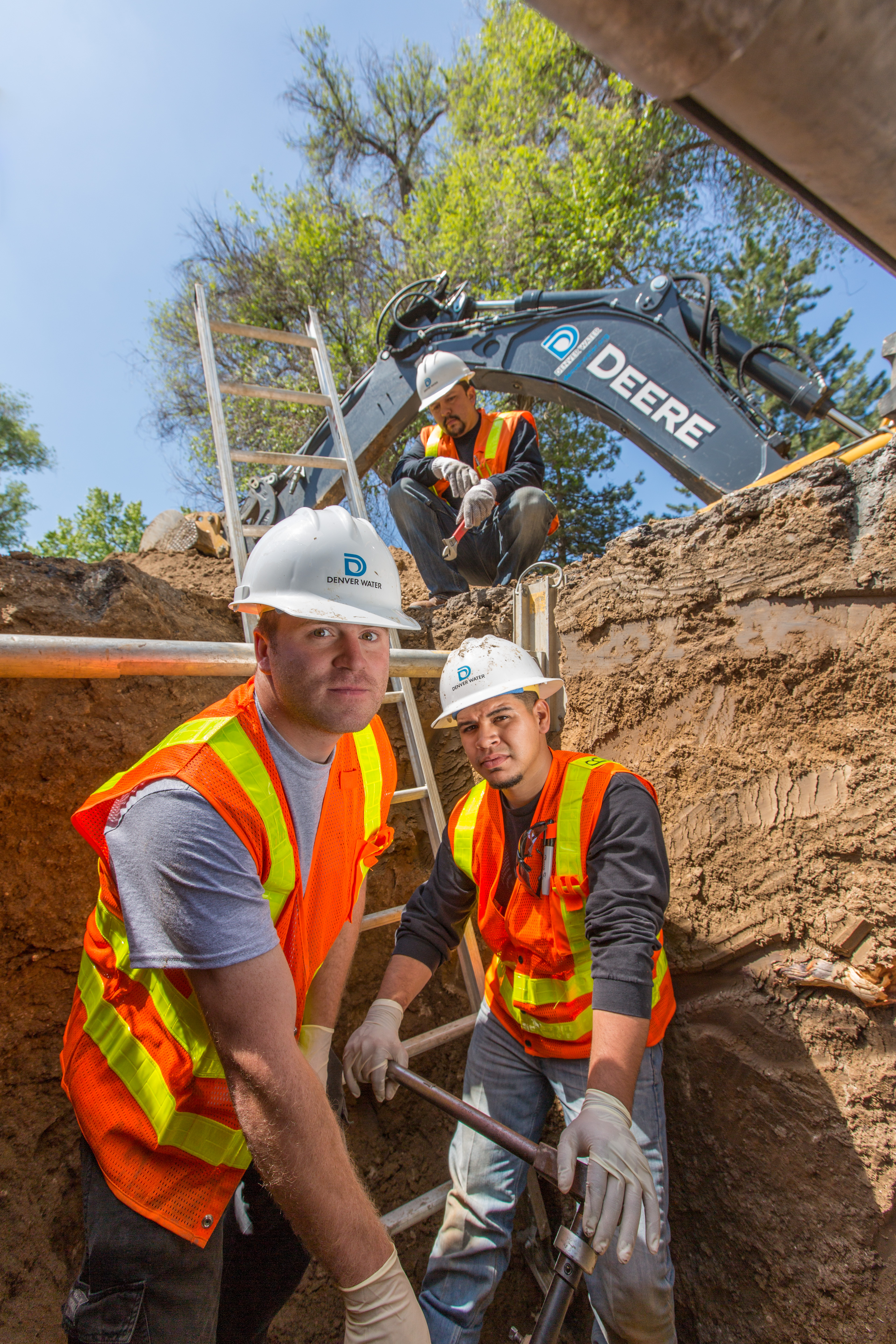
Getting the lead out when we find it
Editor’s note: This story has been updated since its original publication date.
The Postal Service delivers mail to your mailbox. The power company sends electricity to your meter. And Denver Water provides safe drinking water to your service line, which connects our water main to your home.
There are 312,000 service lines connected to Denver Water’s elaborate system of water mains, which run beneath the metro area. Some of those service lines are made of lead, and this can create a health risk if the lead leaches into your drinking water.
Service lines are owned and maintained by property owners, not Denver Water. And that’s the challenge, we don’t know which homes have service lines made of lead.
This is why Denver Water is taking a proactive approach to remove lead service lines from the community. In fact, since 2016, Denver Water has ensured the replacement of roughly 1,200 service lines per year.
Simply put, if we find a lead service line in the course of construction projects such as pipe replacement, we will replace it with a new copper service line, all the way from the water main to your home.
If you are a customer concerned about lead in your drinking water, you can request a free water quality test for lead from Denver Water, here.
If you suspect your home has lead in the piping, there are a few immediate steps you can take to minimize exposure:
-
- Use a filter certified for lead removal for drinking and cooking.
- Use only cold water for drinking, cooking and making baby formula. Remember, boiling water does not remove lead from water and hot water often contains higher levels of lead than cold water.
- If water has not been used in the home for a few hours, such as first thing in the morning or when getting home from work, run the kitchen or any bathroom faucet for 5 minutes (remember to capture the water and reuse it!). You also can run the dishwasher, take a shower or do a load of laundry to help flush water in your internal plumbing before drinking or cooking.
- Regularly clean your faucet’s screen (also known as an aerator). View step-by-step instructions here.
For more information on lead in water or to request a free lead sampling kit, call 303-893-2444 or visit denverwater.org

